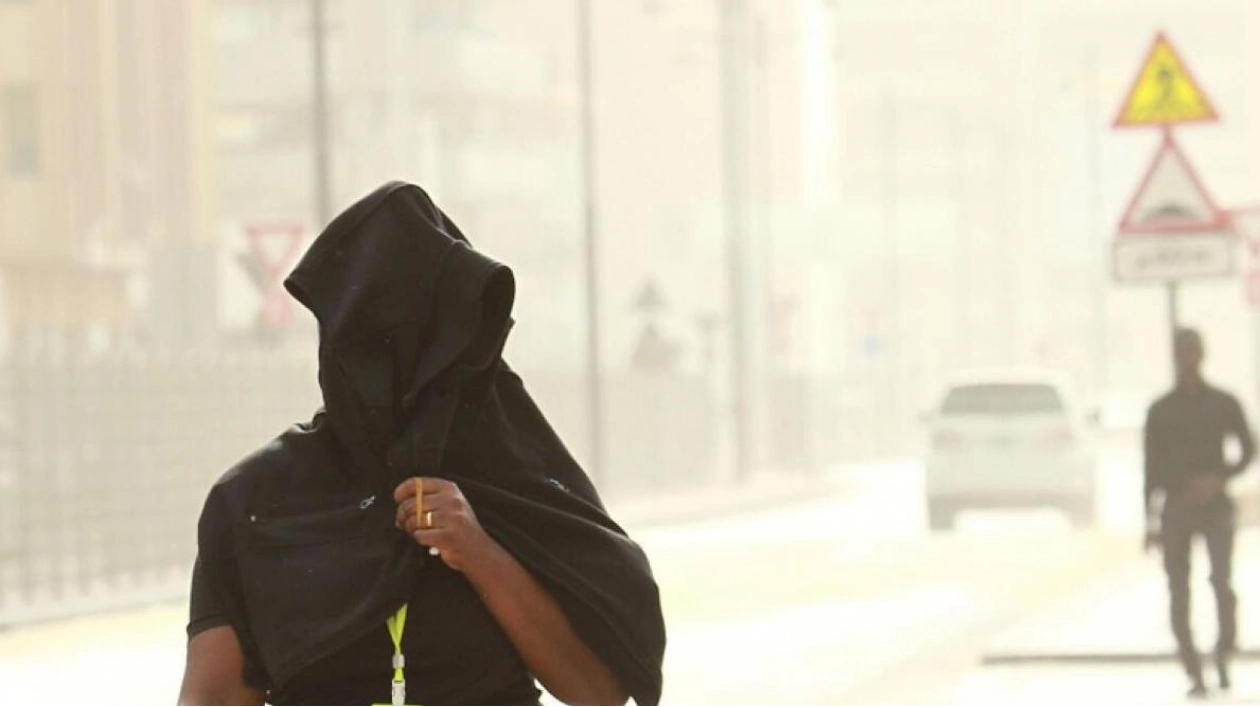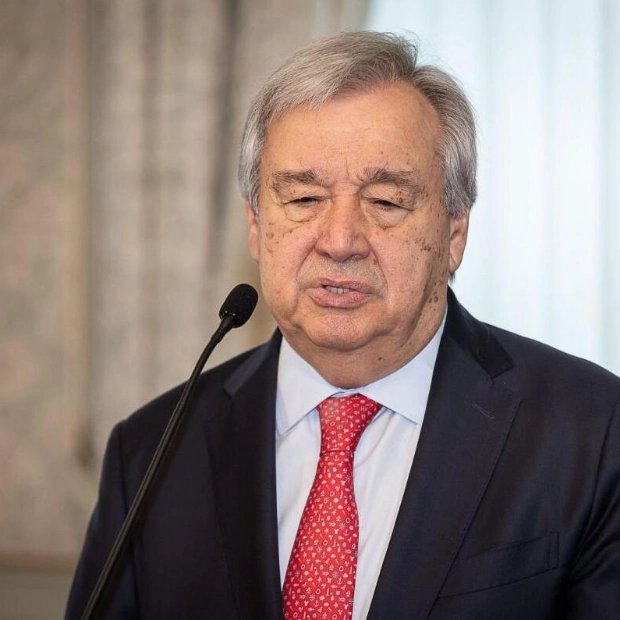This week, temperatures in the UAE have exceeded 50°C, marking the onset of peak summer. The National Centre of Meteorology (NCM) reported that the highest temperature on Tuesday reached 50.3°C in Um Azimul (Al Ain) at 2pm. Notable Emirati photographer Rashid Aziz also shared a video showing a temperature of 50.6°C on the National Meteorological Centre panel in Al Shawamekh, Abu Dhabi. The most severe summer period usually begins in mid-July and lasts until the end of August. Alongside the extreme heat, humidity can rise to 90%, or dust storms may arise from the desert. Residents have been facing intense heat and humidity, with temperatures around 49-50°C. On June 21, a temperature of 49.9°C was recorded in Mezaira (Al Dhafra region) at 3:15pm, coinciding with the summer solstice, the longest day of the year, lasting 14 hours. As temperatures soar, doctors advise residents to take precautions against heat stroke and exhaustion, recommending hydration, avoiding direct sunlight, and minimizing outdoor activities during midday. The UAE government has enforced a midday break policy from June 15 to September 15, prohibiting work in direct sunlight or open areas between 12.30pm and 3.00pm. Additionally, over 6,000 rest stations have been established for delivery workers, equipped with shade, cooling devices, and cold water. Last August, the met department recorded the hottest day of the year at 50.8°C in Owtaid (Al Dhafra Region) in Abu Dhabi at 2.45pm. During Haj 2024, the intense heatwave resulted in over 1,000 deaths, with temperatures hitting 51.8°C on June 17. Across the globe, severe heatwaves have led to school closures and people seeking refuge in air-conditioned spaces.

Text: Lara Palmer
26.06.2024
Extreme Heat and Humidity Challenge Residents and Prompt Safety Measures





